Trump and Vice President J.D. Vance have frequently criticised European countries for what they have described as “freeloading” off American military support, and in early March, Trump bluntly told reporters, “If they don’t pay, I’m not going to defend them”. On Thursday, announcing 20 per cent tariffs against the European Union, he said: “They rip us off. It’s so sad to see. It’s so pathetic.”
US Defence Secretary Pete Hegseth also warned last month that US security priorities lie in Asia and on its own borders. For 75 years, NATO has been anchored on American leadership, but the rhetoric has stoked fears among NATO members that Washington could pivot away from Europe when leaders meet for a June summit in the Netherlands.
A US soldier directs armoured vehicles and tanks as they are unloaded at the port of Antwerp, Belgium, in 2020.Credit: AP
Rubio, widely considered the most pro-alliance member of Trump’s national security team, framed NATO as a “strengthening” alliance and stressed that the US expected all members to meet ambitious defence spending goals. Out of the 32 allies, 23 have met the current target set at 2 per cent of gross domestic product, up from just six countries in 2021.
He made it clear that was no longer enough, pushing members to commit to a new defence spending target of 5 per cent of GDP, a figure some experts argue could require a nearly $US1 trillion ($1.58 trillion) increase in the US defence budget alone.
“We need to ensure NATO is capable and strong,” Rubio said. “The only way NATO can get stronger and more viable is if our partners, the nation states that comprise this important alliance, have more capability.”
But he also acknowledged the practical difficulties of achieving such a large increase in defence spending, especially for European countries facing competing social and economic demands.

US President Donald Trump has criticised NATO for years.Credit: AP
He said NATO’s primary focus should be on addressing emerging global security threats, particularly the rise of China and Russia’s continued destabilising influence across Europe and the Indo-Pacific.
“The security threats we face are interconnected,” Rubio said. “We have to look at these theatres in conjunction.”
NATO Secretary-General Mark Rutte also sought to reassure the alliance’s members, stressing that there was “no plan” for the US to drastically reduce its military presence in Europe.
Loading
While the US has been pivoting its focus to Asia, especially in relation to the rise of China, Rutte emphasised the global security threats facing the alliance were increasingly interconnected and that the Russian threat would persist for many years.
“We are seeing what China is doing,” he said. “We’re seeing how these two theatres, the inner Pacific and the Euro-Atlantic, are getting more and more connected by the fact that the Russians are working together with the North Koreans, with the Chinese, with Iran.” Rutte also reaffirmed that the Trump administration had signalled no intention it planned to scale back US forces in Europe.
There are now about 100,000 American troops stationed across Europe, and some reports have speculated this number could eventually decrease by 20,000 to 50,000 in coming years.
Rutte, a strong supporter of Ukraine, has taken care to avoid antagonising Trump, commending him for “breaking the deadlock” with Russia and raising security issues within the Arctic.
In Washington, the Associated Press reported that the chairman of the US Senate armed services committee criticised unnamed “mid-level” leadership at the Defence Department for what he branded as a misguided plan to “reduce drastically” the number of US troops in Europe. The department hasn’t made public any such proposal.
Get a note directly from our foreign correspondents on what’s making headlines around the world. Sign up for our weekly What in the World newsletter.

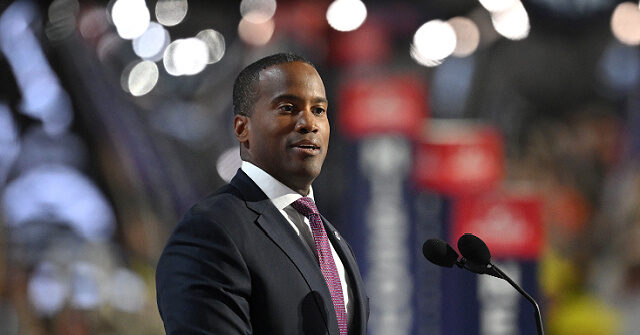




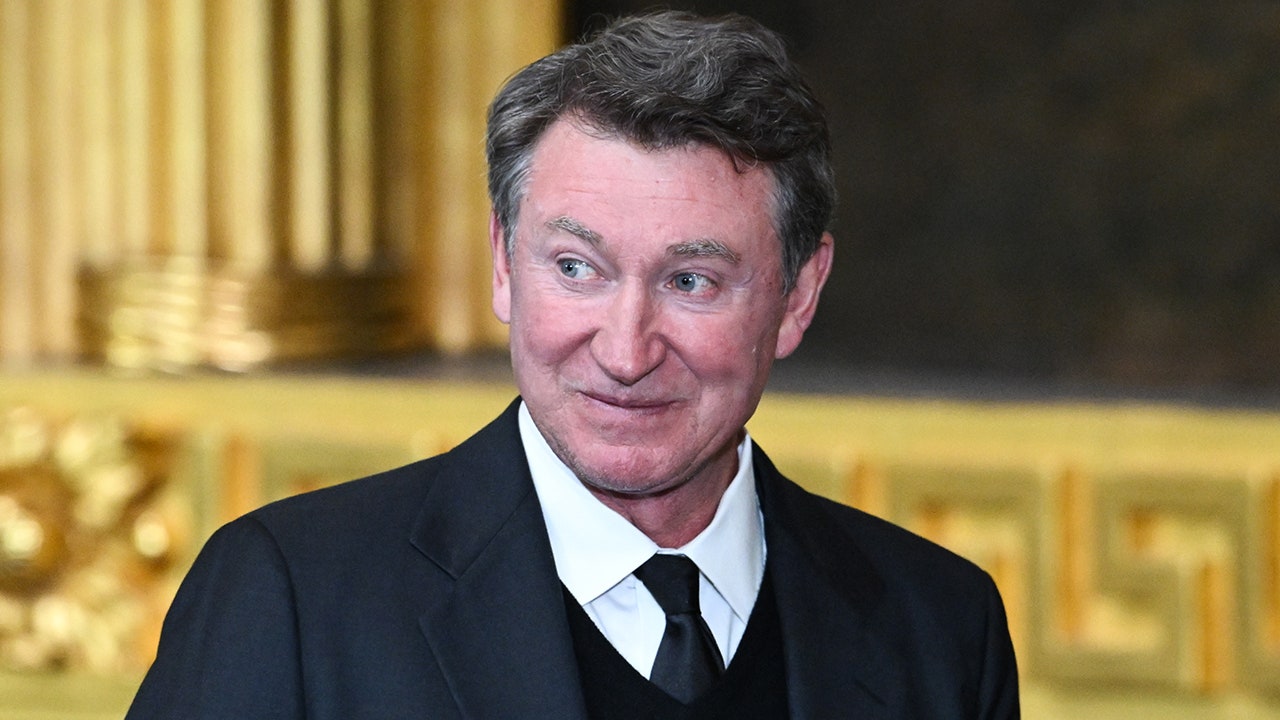


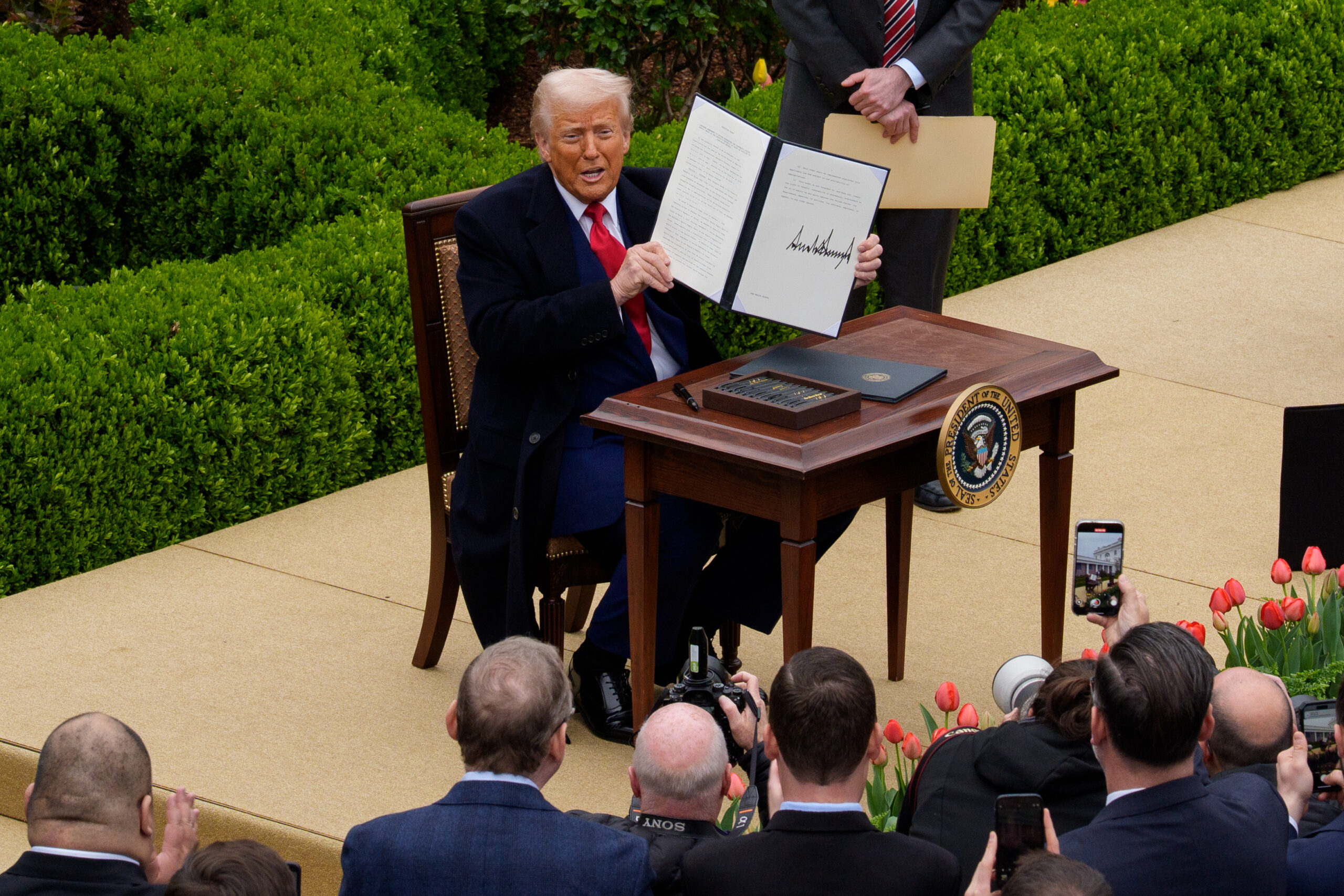

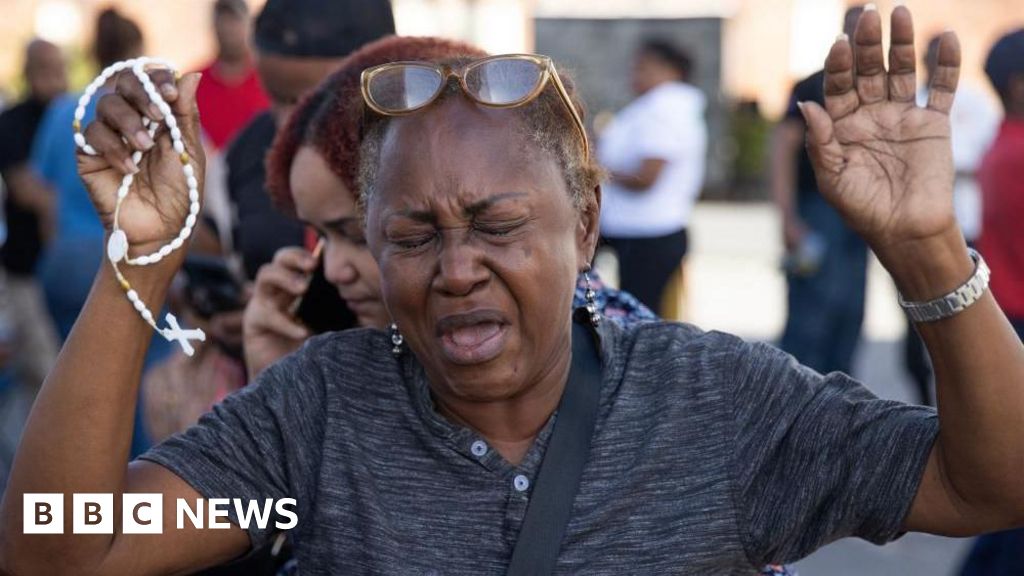





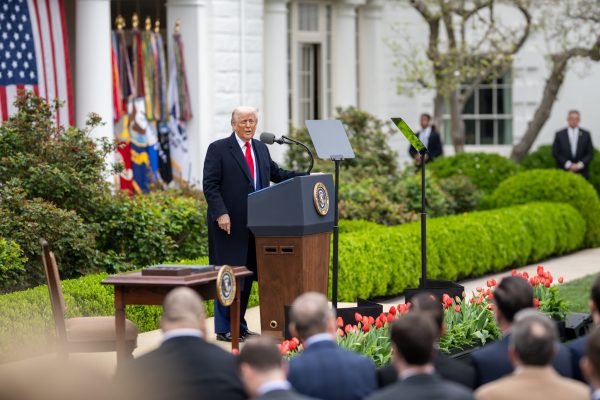


Discussion about this post